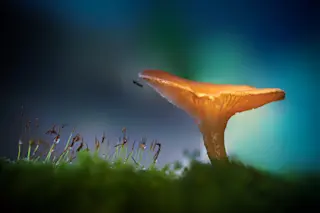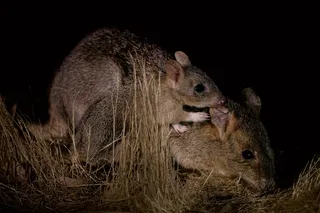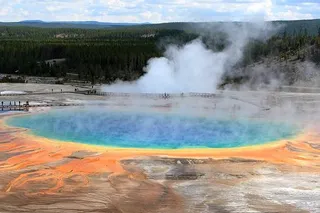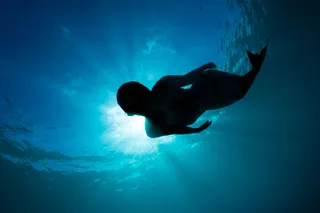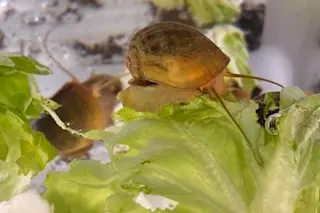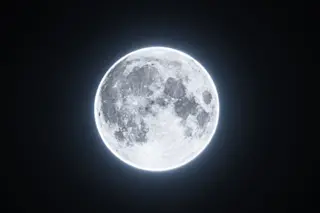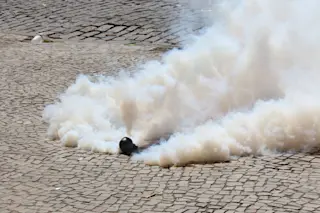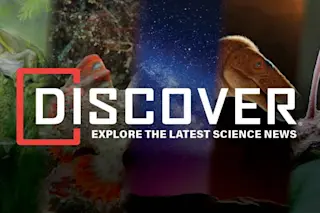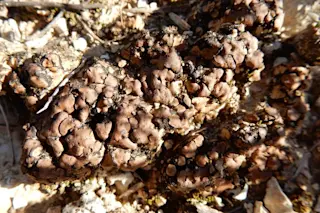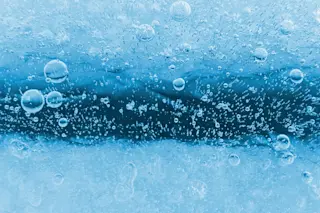A team of researchers have conducted a series of experiments showing that living things emit a very weak, but detectable packets of light. The signal is at the photonic level, according to a study published in The Journal of Physical Chemistry Letters.
The fact that experiments could measure this tiny amount of electromagnetic energy in both mice and plants — “in all living systems that have been examined,” according to the paper — remains notable. In order to do so, the researchers created a super-sensitive imaging system and camera to detect the small, weak light signals.
Particles of Light
Photons are the smallest possible particle of light. The intensity of the photons the living things cast off was on the lower end; therefore they are called ultraweak photon emissions (UPEs).
The researchers wanted to see how the energy levels changed between living and dead subjects. They used it on both living and dead mice, and heated the dead mice to the same temperature as the live ones to eliminate heat as a contributing factor.
“Our investigation reveals significant contrast between the UPE from live vs dead mice,” according to the paper.
In plants, the researchers changed the the organisms temperatures and also exposed them to a variety of chemicals. All interventions elevated UPE levels, to varying degrees. Treating the injured plants with the local anesthetic benzocaine produced the strongest photonic signals.
Read More: Bioluminescence First Evolved in Invertebrates About 540 Million Years Ago
Kinds of Luminescence
The idea that some plants and animals can glow is not new. Bioluminescence has been around hundreds of millions of years.
It has been used as a biomarker in countless research studies to detect, for instance, whether a particular gene has been turned on. However, such abilities are considered acts of molecular electrochemistry. Looking for light at the photonic level is a relatively new approach that falls under the umbrella of quantum physics. Before this photonic approach will be fully accepted by the scientific community, its proponents will need to differentiate it from other light-emitting processes.
Such distinctions can be confusing. For instance, chemiluminescence refers to any chemical process that creates light — whether from a jellyfish or a glow stick. Bioluminescence requires a chemical reaction within a living organism, while bio phosphorescence is the result of absorbing light from an outside source, then re-emitting it.
All those light-based imaging techniques have proven invaluable to scientific research. The authors of the new study predict that looking for the faint glow from the weak photons living organisms emit will also have a practical application.
“UPE imaging provides the possibility of non-invasive label-free imaging of vitality in animals and the responses of plants to stress,” according to the paper.
Read More: Bioluminescent Organisms And Where You Can See The Glow in Person
Article Sources
Our writers at Discovermagazine.com use peer-reviewed studies and high-quality sources for our articles, and our editors review for scientific accuracy and editorial standards. Review the sources used below for this article:
The Journal of Physical Chemistry Letters. Imaging Ultraweak Photon Emission from Living and Dead Mice and from Plants under Stress
U.S. Department of Energy. DOE Explains...Photons


